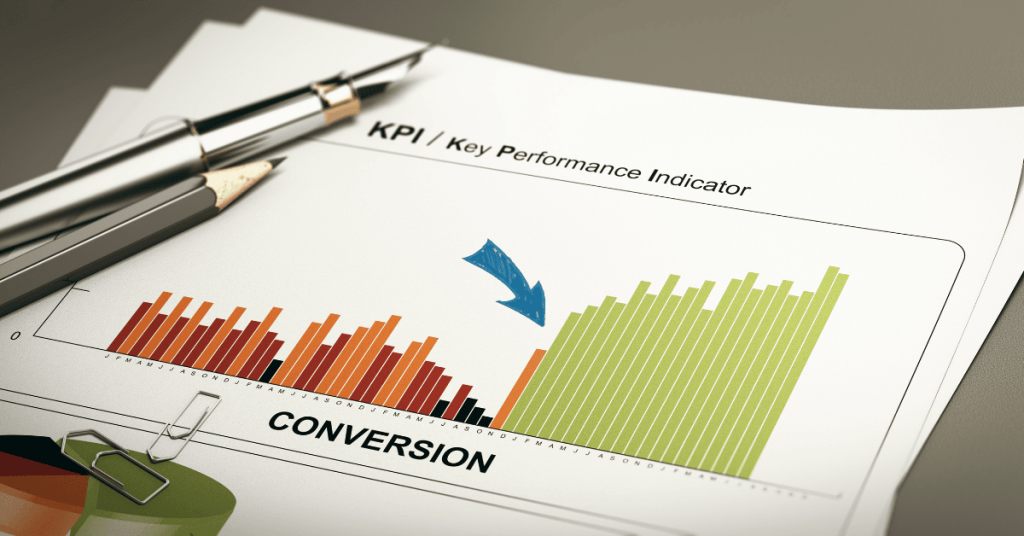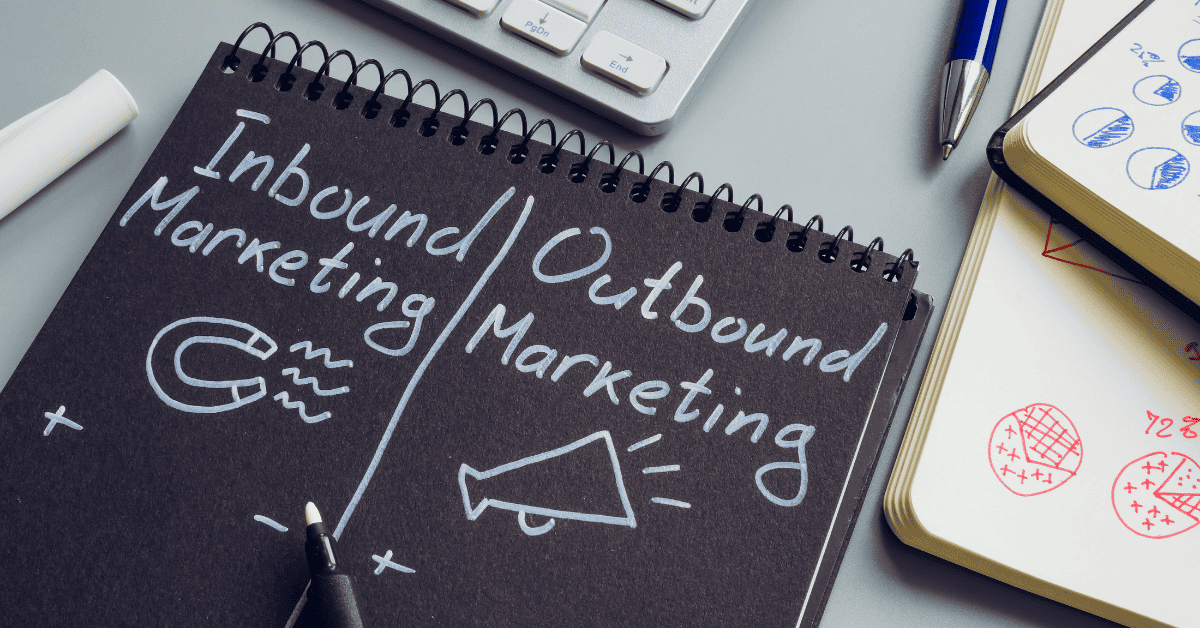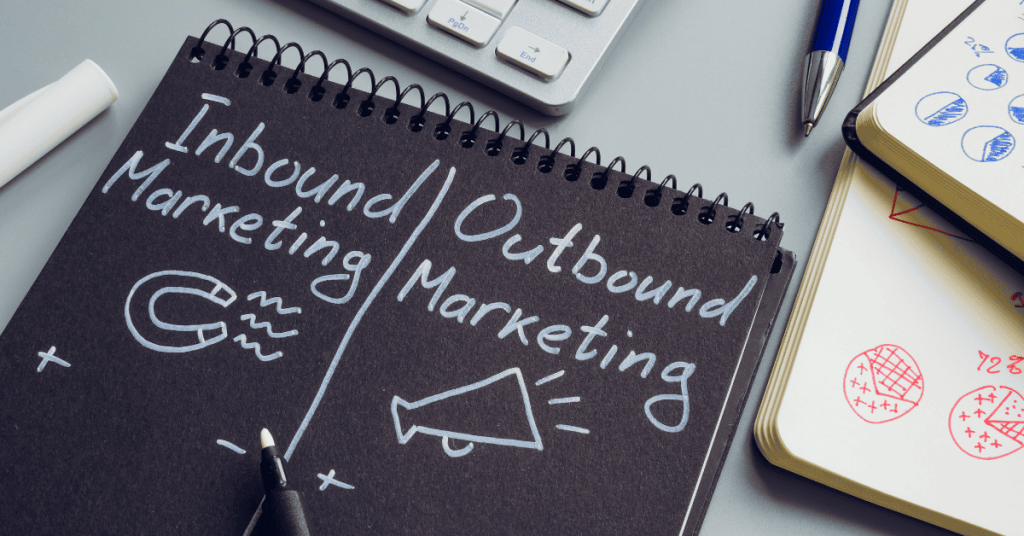Google Ads Marketing Strategy: The Hidden Key to Success?
Imagine this: You’ve set up your business, you have a product people need, and you’re ready to launch. But the problem is, no one’s visiting your website. You’ve heard about Google Ads, but how can you be sure it’s the golden ticket to your marketing success? Is there a secret sauce to making it work, or is it just throwing money into the digital void?
This puzzling scenario haunts many business owners. Google Ads seems like a complex puzzle that only a few can solve. But what if I told you that mastering a Google Ads marketing strategy can unlock targeted traffic and real conversions? Buckle up as we unveil the strategy that will leave you ahead of the curve.

Cracking the Code: What Makes a Google Ads Strategy Effective?
Before diving into the technicalities, you must understand that simply creating a Google Ads account and running a campaign isn’t enough. An effective Google Ads strategy requires careful planning, constant optimization, and a deep understanding of your audience. For more insights on digital strategies, check out our post on Top 10 Trends in Digital Marketing for 2024.
The Importance of Targeting
Targeting is where most businesses either win or lose with Google Ads. Imagine walking into a crowded room and shouting your message to everyone, hoping someone will care. That’s what happens when your Google Ads lack targeting. The secret is to pinpoint exactly who your audience is through keywords, demographics, and location settings.
Pro Tip: Use Google’s audience insights to understand your buyers better and refine your targeting. You can learn more about how audience insights work on Google Ads Help.
The Art of Keyword Selection
Here’s where many businesses go wrong: picking the wrong keywords. It’s easy to assume that using broad, high-traffic keywords will drive results, but this can drain your budget faster than you realize. The real magic lies in long-tail keywords—specific search terms that capture users’ intent. These keywords not only cost less but also bring in visitors more likely to convert.
You’ve probably been in the frustrating position of paying for clicks that don’t turn into sales. This is where a focused keyword strategy becomes your best friend. Choose terms that reflect buyer intent, rather than just volume.

Pro Tip: Include negative keywords to ensure you’re not paying for irrelevant clicks.
Quality Score: The Secret Metric
Many people miss the significance of Google’s Quality Score. This hidden gem could make or break your campaign’s success. Quality Score impacts how your ads rank and how much you pay per click. Higher relevance equals lower costs and better visibility.
But how do you improve it? The trick is to ensure your ads, keywords, and landing pages are in sync. A well-optimized landing page that reflects the keywords and ad copy will boost your Quality Score, giving you a competitive edge. Interested in optimizing your landing page? Get in touch with us at TheDigiPalms for a consultation.

Did You Know? High-Quality Score can lead to up to 50% lower costs per click! You can read more about improving Quality Scores on the Google Ads official site.
Optimizing for Conversions
Clicks are great, but what you really want are conversions—the holy grail of any marketing campaign. You can increase conversions by tweaking your ad copy, A/B testing different versions, and using compelling CTAs. But don’t forget to optimize the entire user experience from click to checkout.
One powerful tool is Google Ads Conversion Tracking. By setting this up, you can track what actions users take after clicking on your ad, giving you valuable insights into what’s working and what isn’t.

The Long-Term Game: Constant Iteration
One of the most common misconceptions about Google Ads is that it’s a set-it-and-forget-it tool. Far from it! A successful Google Ads strategy requires constant monitoring, testing, and tweaking. Over time, your audience’s behaviour will change, and your strategy needs to adapt accordingly. Curious about the latest updates in Google Ads? Here’s an in-depth guide on Google Ads updates.
Ready to Take Your Google Ads to the Next Level?
Mastering Google Ads can seem like solving a never-ending puzzle, but with the right strategy, you can unlock consistent traffic, conversions, and business growth. Don’t waste another dollar on campaigns that aren’t optimized.
Consult with TheDigiPalms today to craft a winning Google Ads strategy tailored to your business goals. We specialize in taking the guesswork out of digital marketing and turning clicks into customers. Let us help you stay ahead of the competition.




